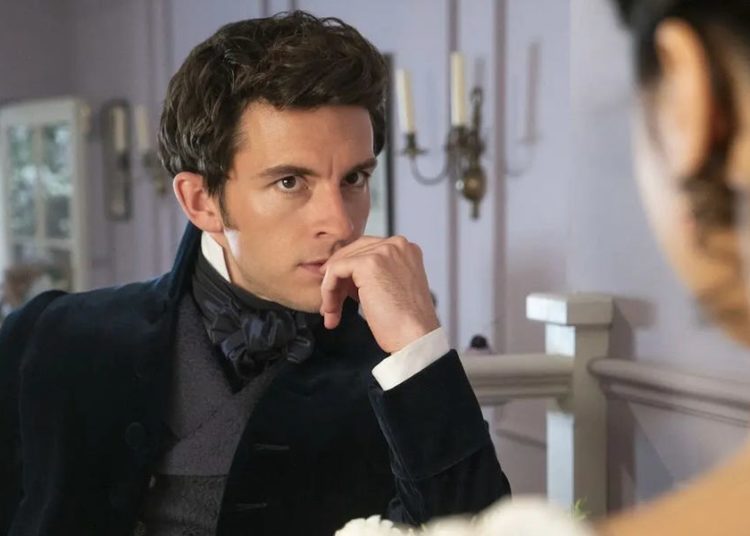Teen Vogue stopped being a magazine in 2017, when its publisher, Condé Nast, remade the title into an online-only publication. That chapter ended on Monday, when it was announced that Teen Vogue’s website would be absorbed by Vogue.com and that Teen Vogue’s top editor would be leaving the company.
Chloe Malle, the newly minted head of editorial content at Vogue, will oversee Teen Vogue’s presence on Vogue’s website, which last month absorbed another sister publication, Vogue Business.
Teen Vogue’s editor, Versha Sharma, could not immediately be reached for comment. A Condé Nast spokeswoman did not reply to emailed questions about her departure, or about how the change would affect the political coverage that Teen Vogue has become known for in recent years.
Instead, she directed The New York Times to a Vogue Business article about Teen Vogue’s consolidation into Vogue. It said that the merger was meant to provide readers with a “more unified” experience and that Teen Vogue would remain “a distinct editorial property, with its own identity and mission,” focusing on topics including career development and leadership (politics was not mentioned).
In a TikTok post, Casey Lewis, 38, a former Teen Vogue editor, described the ending of its website as devastating for her and other millennials who had grown up reading the magazine. But Ms. Lewis, who now covers youth culture in her newsletter, After School, said in an interview that, these days, platforms like TikTok and Instagram give teens access to much of the content they would find in Teen Vogue.
As she put it, “What can Teen Vogue offer that a million other creators who specialize in these topics can’t?”
Introduced in 2003, Teen Vogue was developed under the guidance of Anna Wintour, Vogue’s global editorial director and Condé Nast’s global chief content officer, who recently picked Ms. Malle to succeed her atop American Vogue.
At the time of its debut, Teen Vogue’s founding editor, Amy Astley, said that the publication’s focus on fashion, style and beauty differentiated it from other teen magazines whose articles were geared toward relationships, dating and sex. “That is not our equity,” Ms. Astley told the Times. Over the next decade, Teen Vogue survived as peer titles — Elle Girl, Teen People, Cosmo Girl! — all folded.
In early 2016, Ms. Astley left Teen Vogue to lead Architectural Digest. She was succeeded by a team that included Elaine Welteroth, who later became Teen Vogue’s sole top editor (after Condé Nast had cut its print issues from monthly to quarterly.) The publication’s regime change coincided with the first election of President Trump, whom Teen Vogue said was “gaslighting America” in an Op-Ed article published in December 2016, just before he took office.
The piece spread widely online, bringing new interest to Teen Vogue, which began to broaden its coverage of issues like immigration and climate change even as it kept up with celebrity style. Ms. Welteroth left Teen Vogue in 2018 and, later that year, was replaced by Lindsay Peoples, a fashion market editor at The Cut, who largely maintained Teen Vogue’s diverse coverage. (Ms. Welteroth and Ms. Peoples were the second and third Black people appointed as top editors at Condé Nast.)
Ms. Sharma, the outgoing editor at Teen Vogue, came to the publication from the news website NowThis. She has overseen coverage including Teen Vogue’s recent feature about Elon Musk’s eldest daughter, Vivian Wilson, who is transgender and estranged from her father.
Ms. Sharma took over in 2021, after Ms. Peoples returned to The Cut — and after Alexi McCammond, a former Axios journalist, resigned as Teen Vogue editor before even starting the job because of a staff uproar about distasteful posts she had made decades earlier on social media.
Yola Mzizi is a reporter for the Styles section and a member of the 2025-2026 Times Fellowship class, a program for journalists early in their careers.
The post Vogue Absorbs Teen Vogue appeared first on New York Times.




